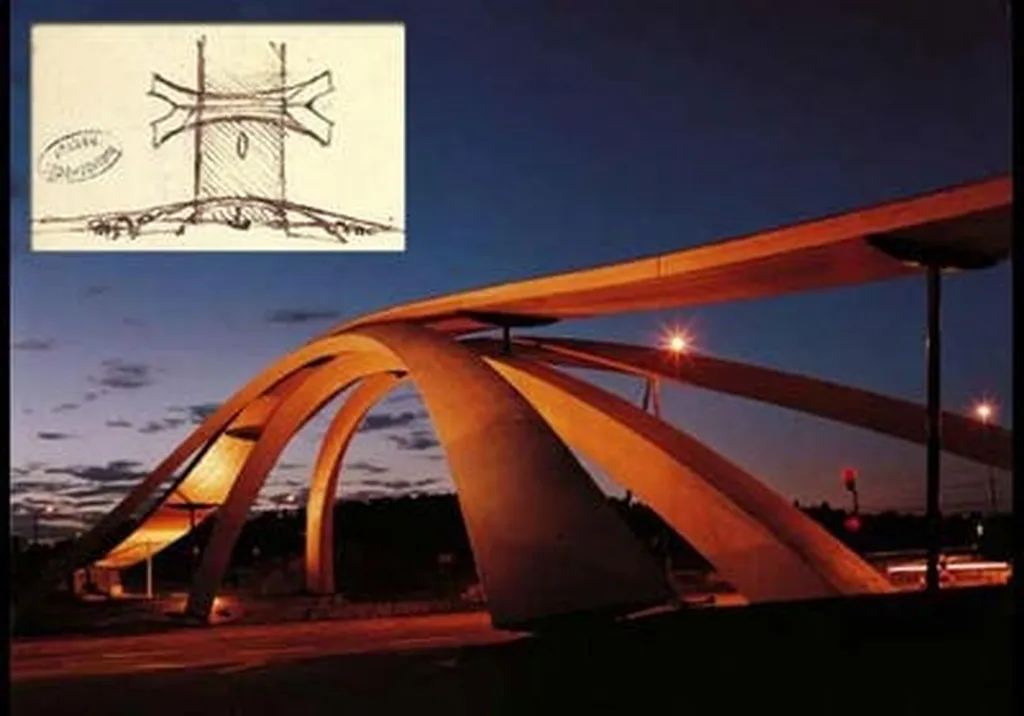In the annals of engineering history, few names shine as brightly as Leonardo da Vinci. Now, centuries after his sketches filled the pages of the Codex Atlanticus, his ideas are still inspiring innovation. A recent study published in Comptes Rendus. Mécanique, which translates to Proceedings of the Mechanics, has delved into one of da Vinci’s lesser-known concepts: the “Da Vinci bridge,” a reciprocal frame structure that could revolutionize how we build and optimize structures, particularly in the energy sector.
At the heart of this research is Jean Aummonier, a professor at the Académie militaire de Saint-Cyr Coëtquidan in France. Aummonier and his team have uncovered a recurrence formula that links the number of building blocks in the Da Vinci bridge to the reaction forces on its most loaded beams. This formula, they found, varies depending on whether the system consists of an even or odd number of building blocks.
Reciprocal systems, as they are known, transfer forces using planar or elongated elements to form a closed circuit. The Da Vinci bridge, in particular, is built from the repetition of a simple building block: an assembly of four beams. The beauty of this system lies in its simplicity and efficiency. “The recurrence formula we’ve discovered provides a clear path to optimizing these structures,” Aummonier explained. “It’s not just about building something that works; it’s about building something that works efficiently.”
The implications for the energy sector are significant. As the world shifts towards renewable energy, the need for robust, efficient, and cost-effective structures is more pressing than ever. Wind turbines, solar panel arrays, and other renewable energy infrastructure could benefit greatly from the principles underlying the Da Vinci bridge. By optimizing the use of materials and reducing the load on critical components, these structures could become more resilient and long-lasting.
The study also highlights the importance of experimental validation. Aummonier and his team compared their theoretical findings with an experimental realization, confirming the hypotheses of their strength of materials computations. This rigorous approach ensures that the recurrence formula is not just a theoretical curiosity but a practical tool for engineers and architects.
Looking ahead, this research could shape the future of construction and engineering. As Aummonier put it, “When designing reciprocal systems, an optimization has to be carried out in order to choose between using long beams or using a large number of building elements.” This insight could lead to new design paradigms, where efficiency and sustainability are at the forefront.
The Da Vinci bridge, once a sketch in a Renaissance manuscript, is now a beacon of modern engineering. As we stand on the brink of a renewable energy revolution, da Vinci’s ideas continue to inspire and inform, guiding us towards a more sustainable future. The work published in Comptes Rendus. Mécanique is a testament to the enduring legacy of da Vinci and the power of interdisciplinary research.

